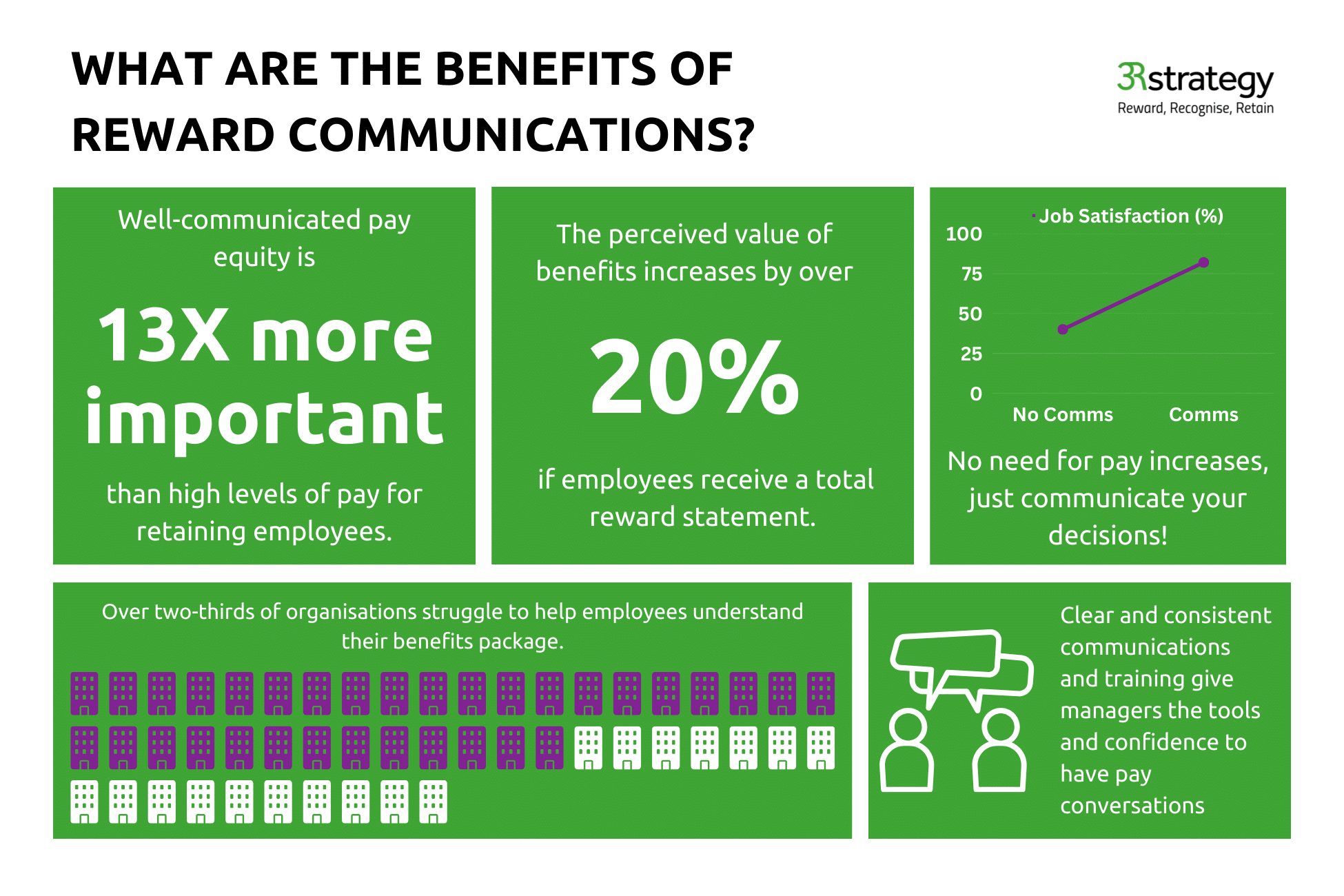Employee retention is a critical factor in the long-term success of any organisation. When companies can effectively retain their employees, they benefit from increased productivity, reduced turnover costs, and a more positive work environment.
In this article, we will explore the role of fair and equitable pay in fostering loyalty and commitment.
The Importance of Employee Retention
When employees stay with a company for an extended period, they develop a deep understanding of the company’s values, goals, and operations. This knowledge and experience contribute to increased productivity, better customer service, and enhanced overall performance.
Additionally, retaining employees can drastically reduce turnover costs, such as recruitment, onboarding, and training expenses.
To effectively address employee retention, it is essential to understand the factors that contribute to high turnover. While some is natural and expected, excessive turnover can indicate underlying issues within the organisation.
Common reasons include:
- Lack of career growth opportunities
- Dissatisfaction with pay
- Poor work-life balance
- Toxic work environment
By identifying these factors, organisations can develop targeted strategies to improve retention.

Retention Is Cheaper Than Recruitment
Research from Oxford Economics found that the average cost of replacing a single employee is over £30,000. This includes loss of productivity, advertising, agency fees, HR and management time. The cost goes up as we look at more technical and senior roles that take longer to recruit.
Even if you feel that this estimate is on the high side, there is no doubt that retaining your key employees is more cost-effective than replacing them on a regular basis.
The Link Between Fair Pay and Employee Retention
Research has consistently shown a strong link between fair pay and employee retention. Studies have found that employees who believe they are being paid fairly are more likely to stay with their current employer.
This is because fair pay signals to employees that their efforts and contributions are recognised and valued by the organisation. When employees feel that they are being treated fairly, they are less likely to seek employment elsewhere.
In addition, fair pay also plays a role in attracting top talent. In today’s competitive job market, talented individuals have many options available to them. Organisations that offer fair pay packages have a competitive advantage in attracting these high-performing individuals.
However, it’s not just as simple as that. Being transparent about pay and reward is also a key component in employee retention and attraction. While you may be offering a great salary, it means nothing if people aren’t aware of how and why they get paid.
After all, we know that effectively communicating pay equity is 13 times more important for employee retention and engagement than high salaries. Top talent seeks opportunities where they will be treated fairly and rewarded for their skills and contributions. Start by adding a salary range to your job ads. This will help you attract a much larger pool of top candidates.
From here, you should be communicating honestly with employees about their salaries.

Communicating With Employees
Pay transparency is an essential part of employee retention. When employees understand how their pay is determined and see that it is based on objective criteria, they are more likely to feel valued and respected. This can lead to increased job satisfaction and a greater sense of loyalty towards the organisation.
By openly discussing pay, organisations are able to address any concerns or misconceptions employees may have and provide them with a clear understanding of how their salaries are determined.
PayScale found that employees receiving below-market pay had a job satisfaction score of 40%. However, when the reasons for these pay decisions were communicated, their job satisfaction more than doubled to 82%.
Reward communications help your team understand the what, how, and why of their pay and benefits. By effectively communicating this information, you empower employees to pursue their own development and contribute to the overall success of your organisation.
While increasing salaries may seem like the obvious solution to retain and engage your team, it can often be unsustainable and impractical. Instead of spending thousands on raises or bonuses, consider investing a fraction of that cost to build a sense of fairness and purpose.
Learning Styles
We all learn and consume information in different ways. Offering a range of communication materials will give your team members equal opportunities to develop a clear understanding.
At 3R Strategy, we provide clients with a range of tools that will appeal to visual, auditory, and kinaesthetic learners.
- FAQ documents
Many employees will come to you with the same worries and concerns. An FAQ document is a quick and effective way of tackling common questions about new policies and processes without taking up managers’ time.
- Employee guides
For employees who learn best through reading or writing, an employee guide provides a more detailed overview of your new policies and processes. With a mixture of visuals and text, it helps get the message across to the masses.
- Explainer videos
Your visual and auditory learners will appreciate communications in video format. With subtitles and a voiceover describing the policies, these can be highly engaging and accessible tools.
- Visual one-pagers
A visual learner’s dream. Branded one-pagers simplify the most complex process into bite-sized images and graphics.


Equipping Managers With Pay Conversation Skills
While introducing pay transparency is hugely positive for your organisation, it may mean that employees have new questions about pay.
The role of a manager extends beyond just overseeing operations and ensuring productivity. With ongoing culture shifts and the availability of pay data to employees, managers are increasingly expected to engage in open conversations about pay with their team members.
Having these conversations can be challenging. However, it is a crucial aspect of effective management and ensuring that everyone understands where they sit in the pay structure.
By embracing these conversations instead of avoiding them, we can provide clarity around pay decisions and career opportunities, and help to retain talented people. However, many leaders are unprepared to talk about pay with their employees.
The Impact of Pay Conversations on Employee Retention
Our 2023-24 Global Salary Planning Survey found that 67% of participating organisations offered no training for managers on pay conversations.
Despite reporting one-on-one meetings as the main method of communicating to employees about pay, our Global Salary Planning Report highlighted the current lack of support and resources for managers across the world.
Training managers to have pay conversations is not just about imparting knowledge of the organisation’s pay processes. It also involves equipping them with the skills to communicate these policies effectively and handle sensitive discussions.
With the right training, managers can build trust with their team members, leading to increased job satisfaction and reduced turnover. They can effectively address pay-related queries, preventing any misunderstanding or misinformation.
Conclusion
If you’d like to find out more about how other organisations are managing pay and training for managers, you can download our 2023-24 Global Salary Planning Report.
Our reward communications team can also provide you with expert support when looking to communicate a change in pay policies and frameworks, offer new training programs, or improve your approach to pay transparency.

